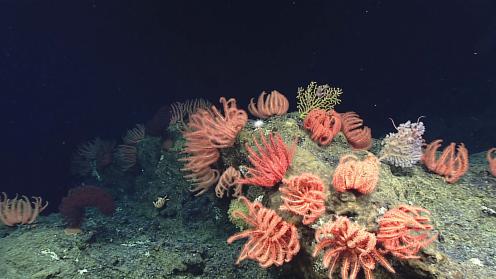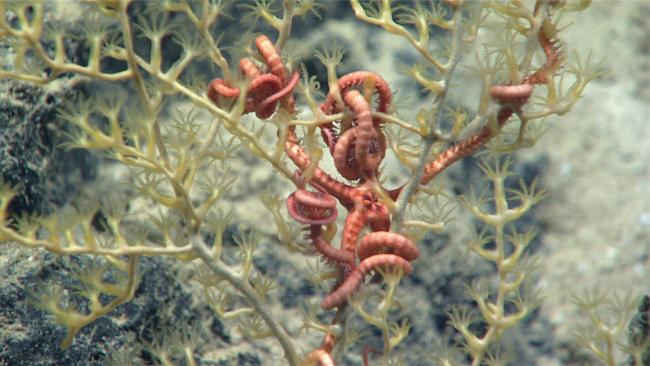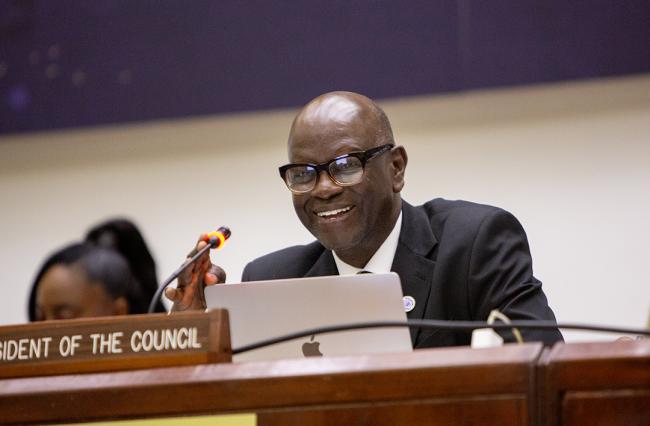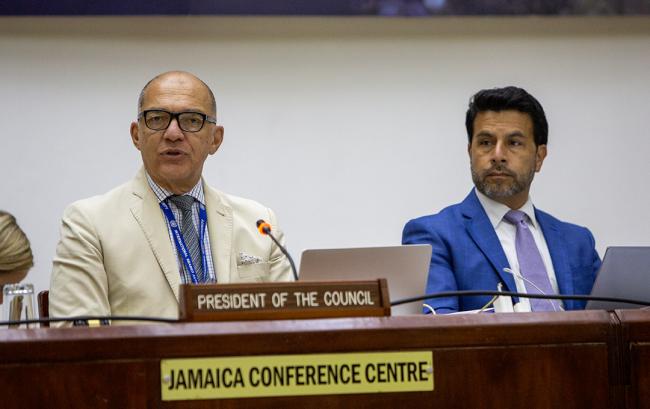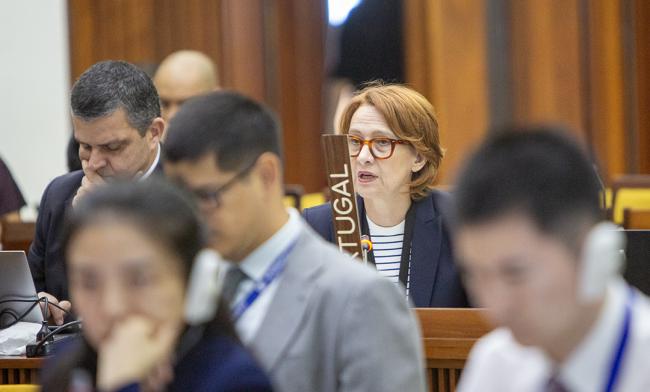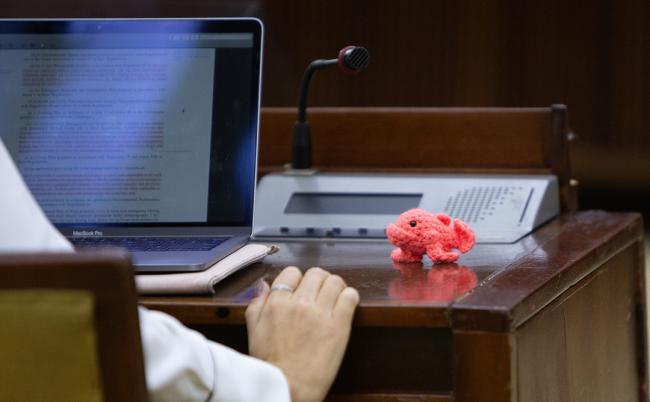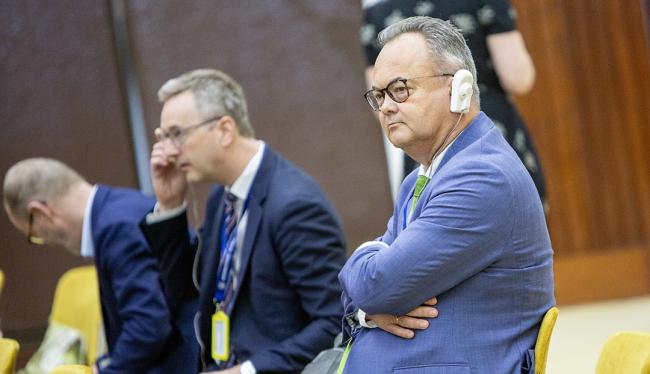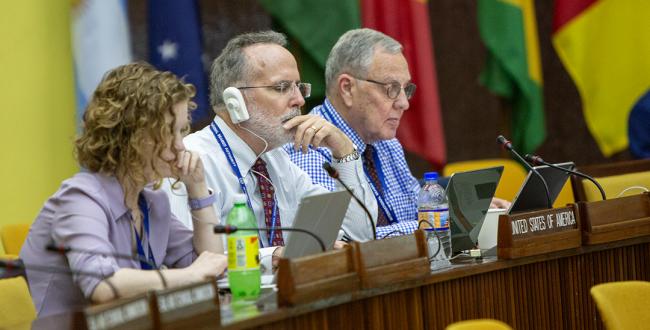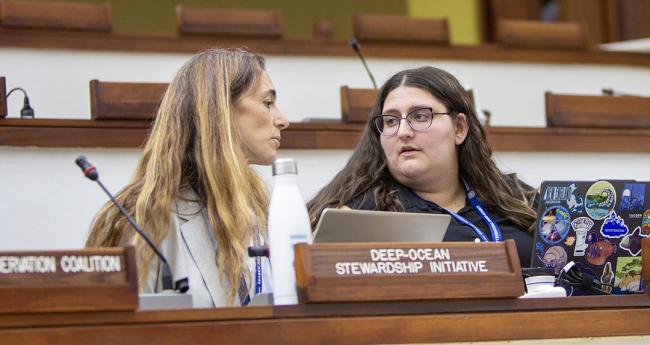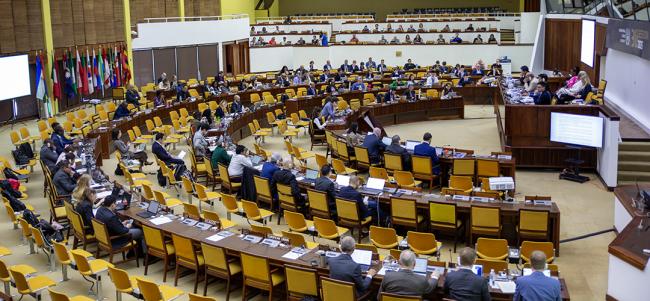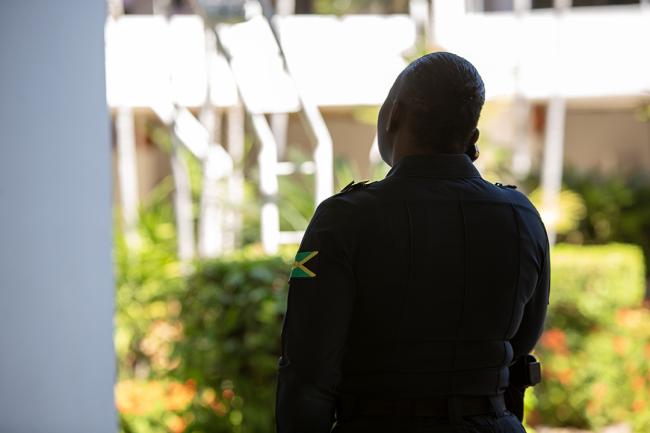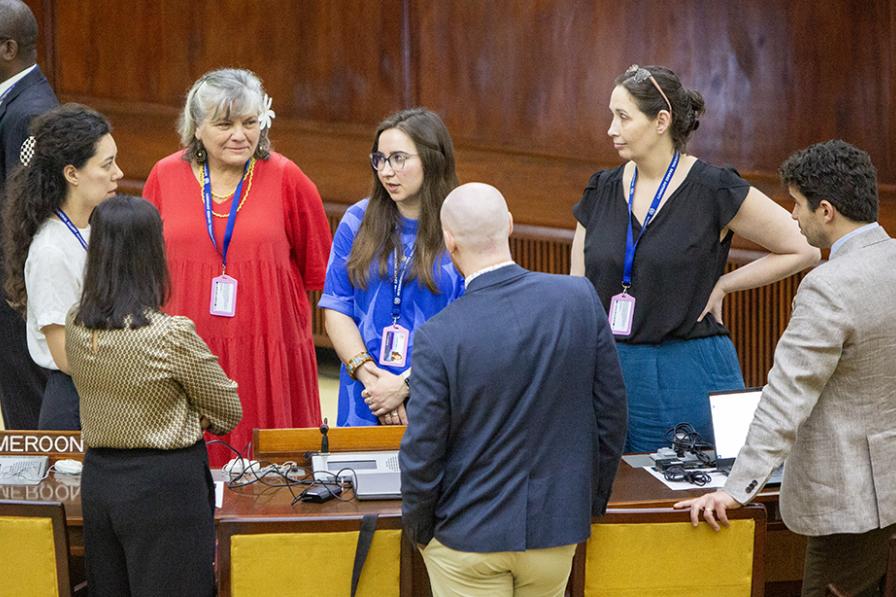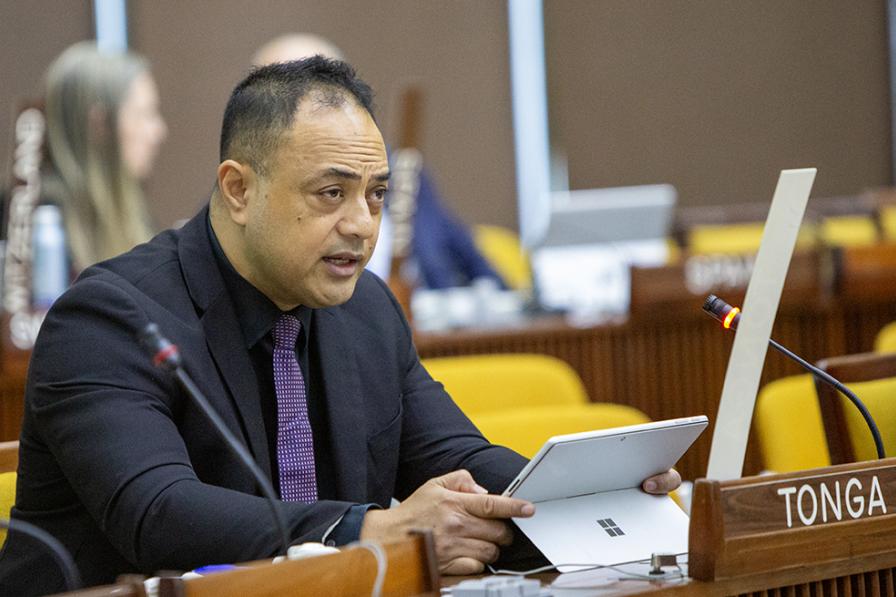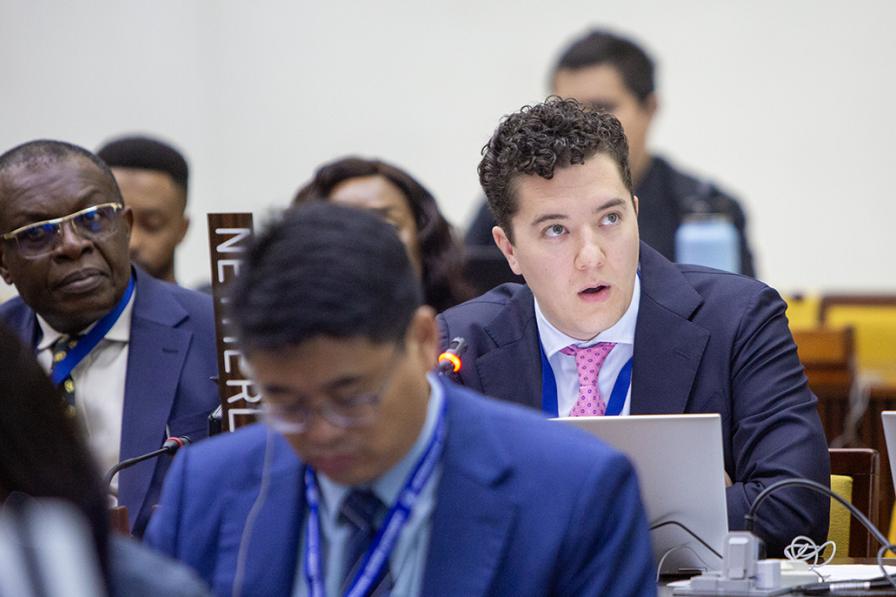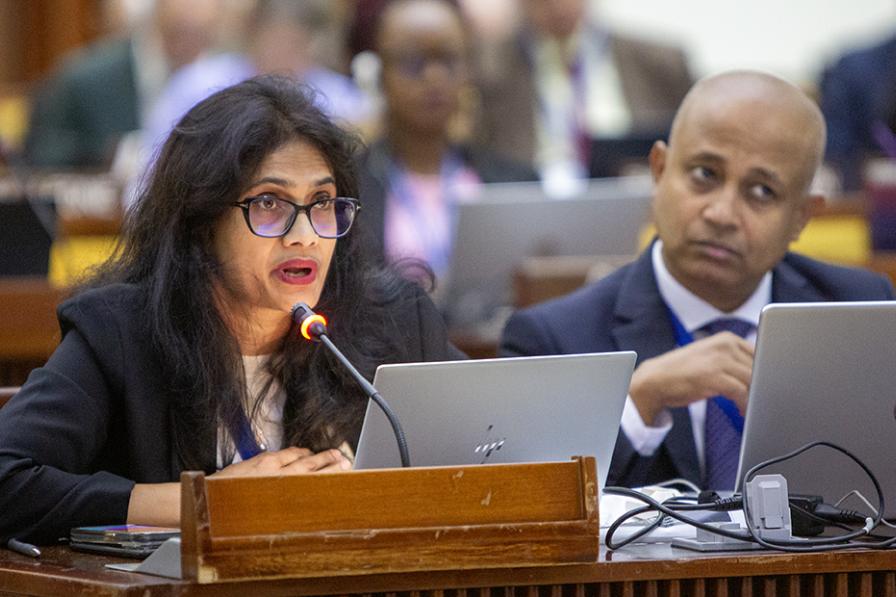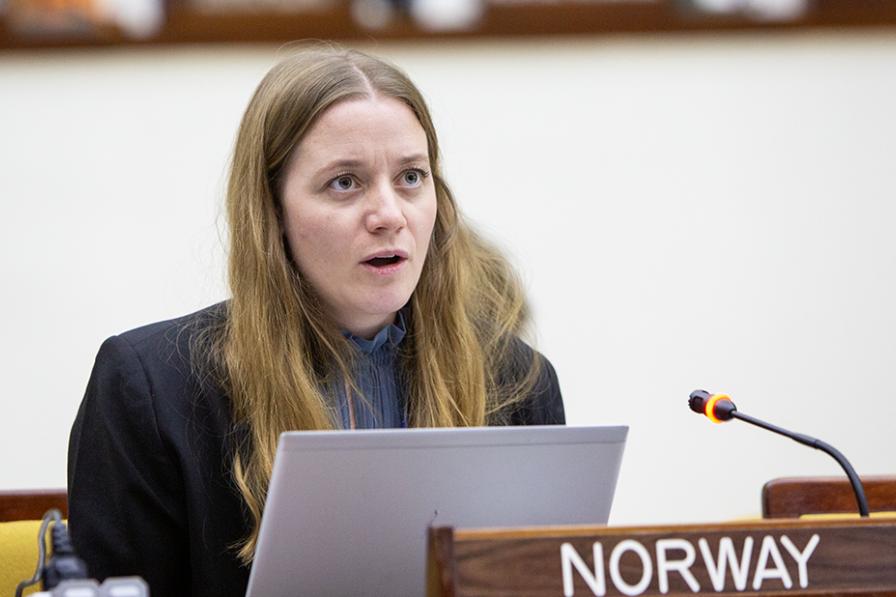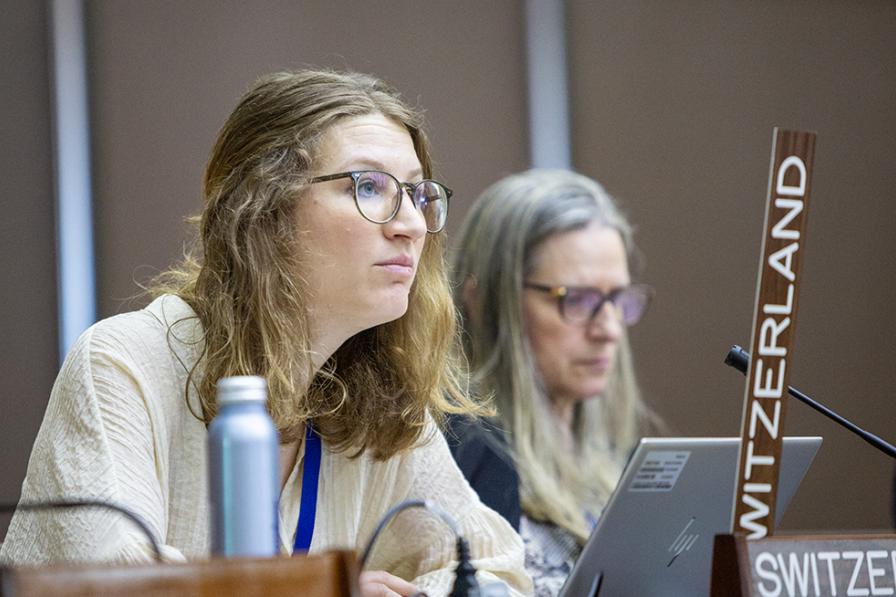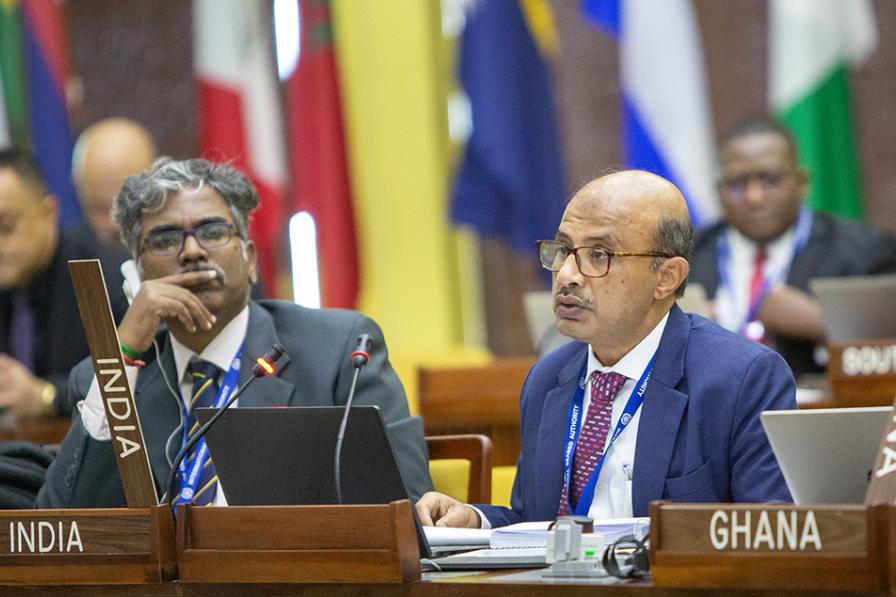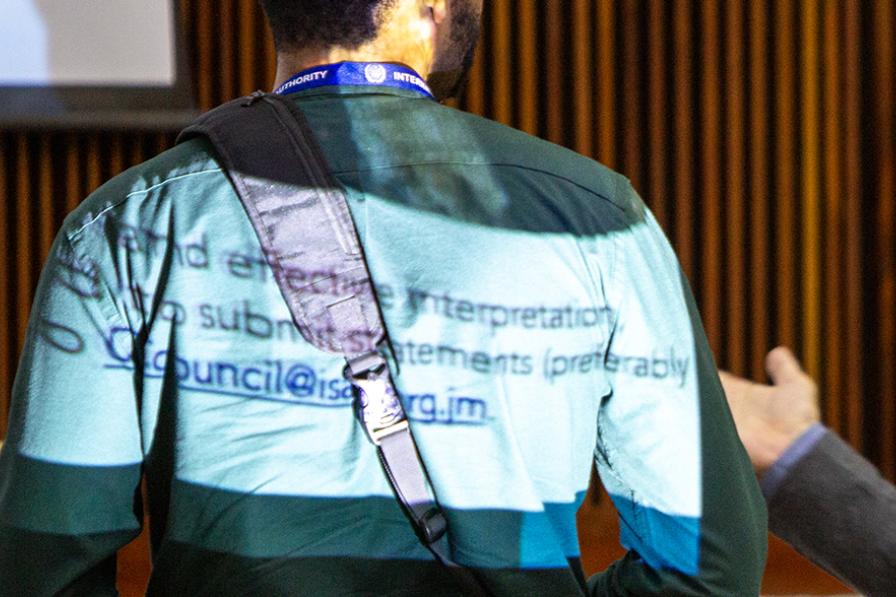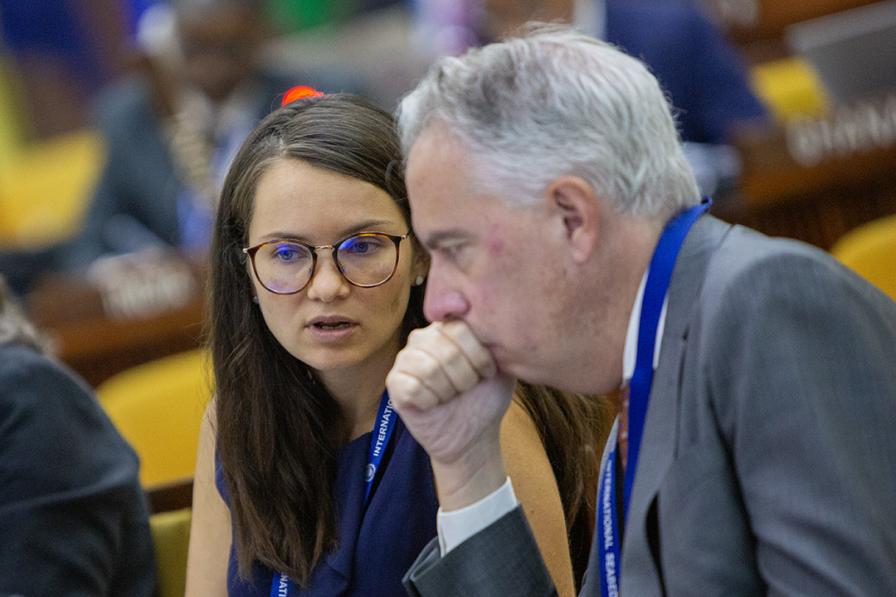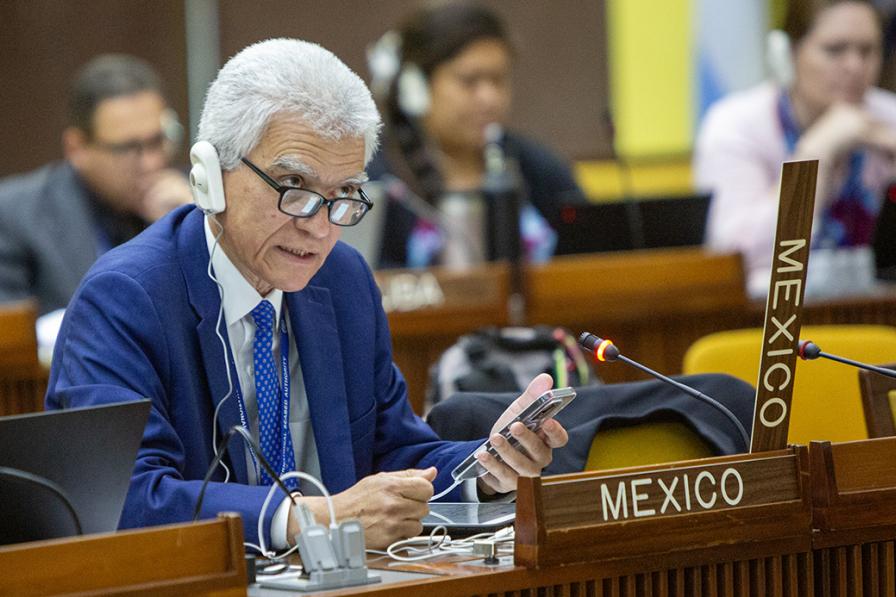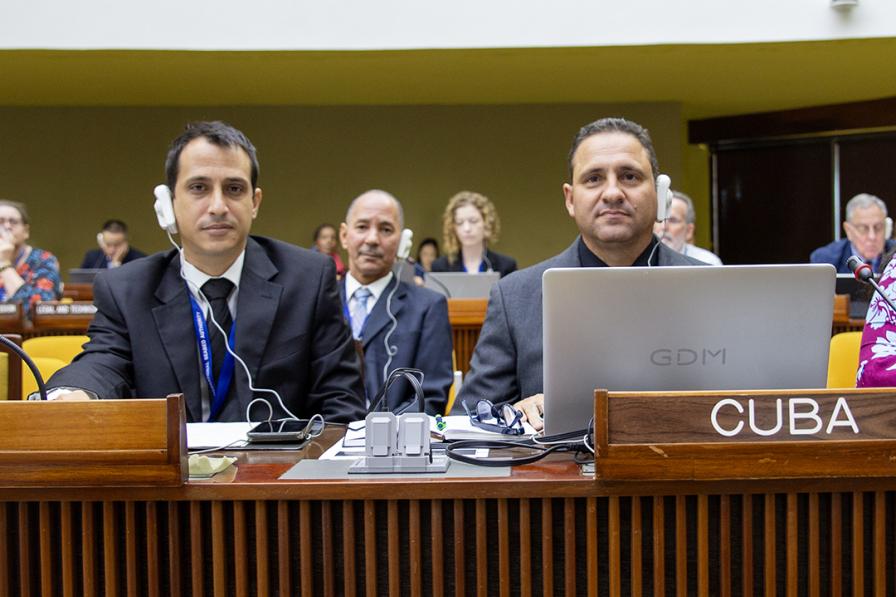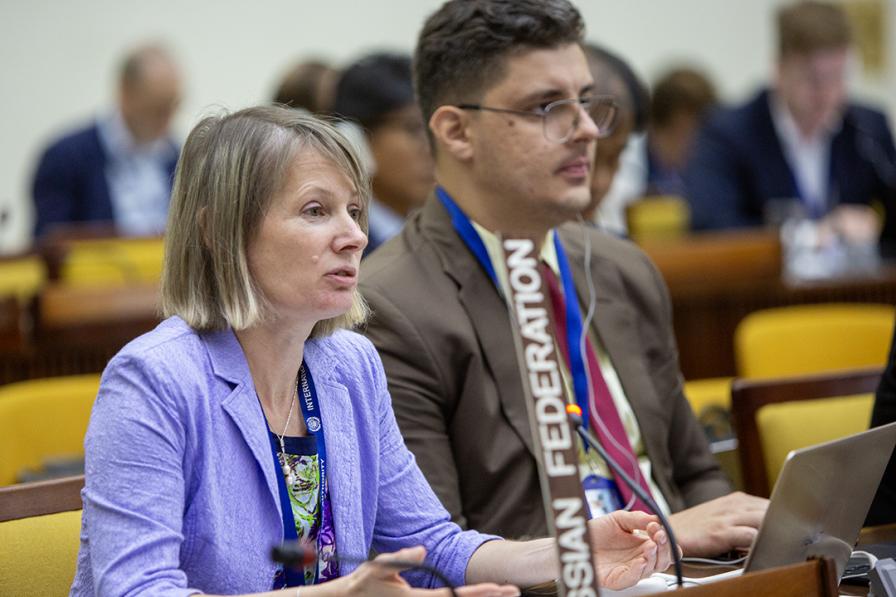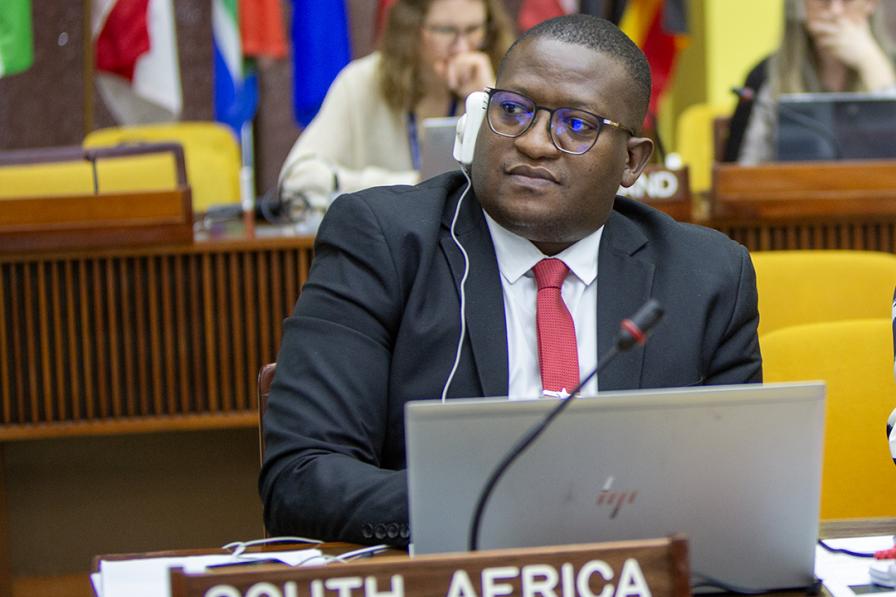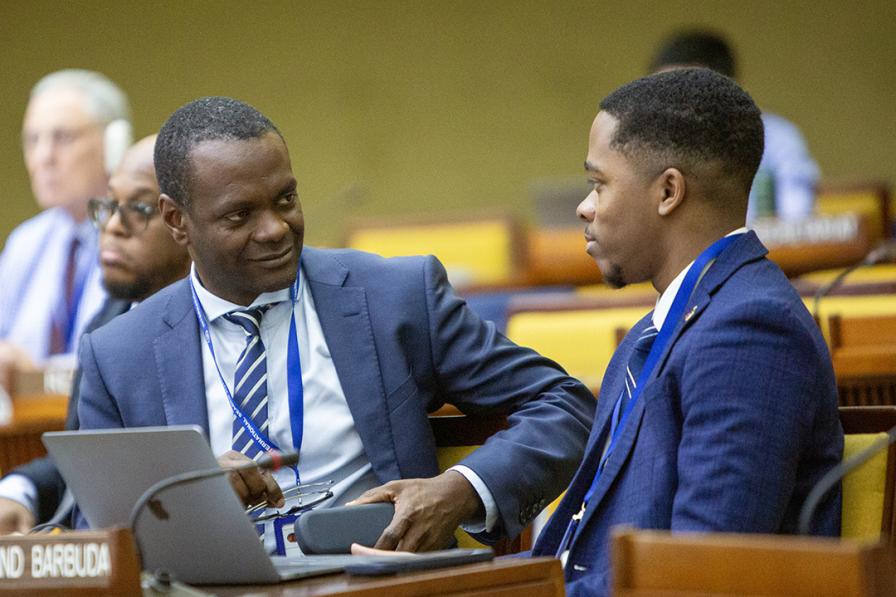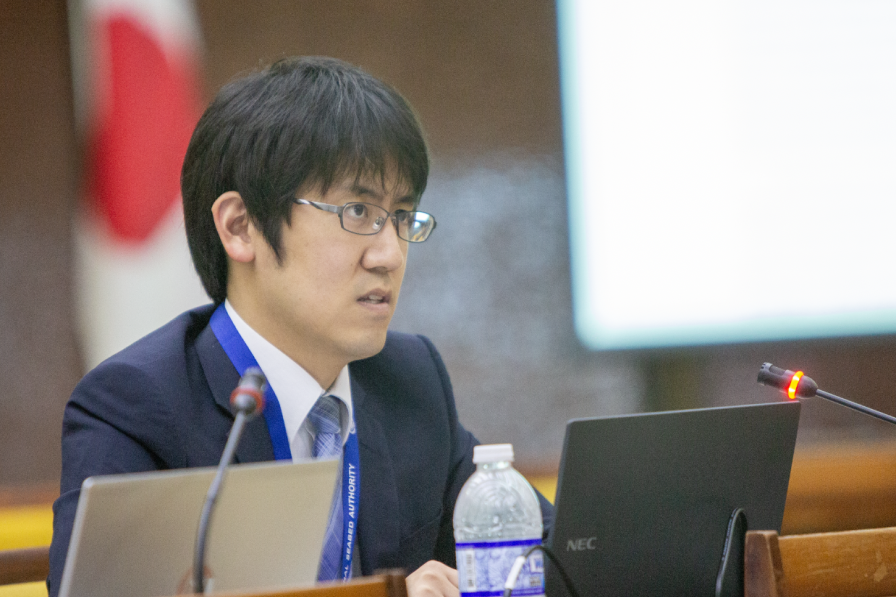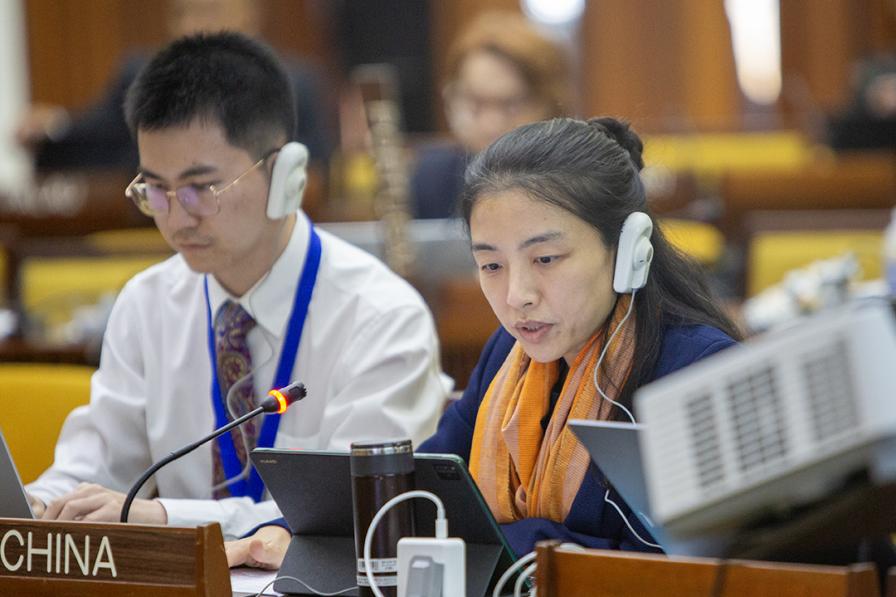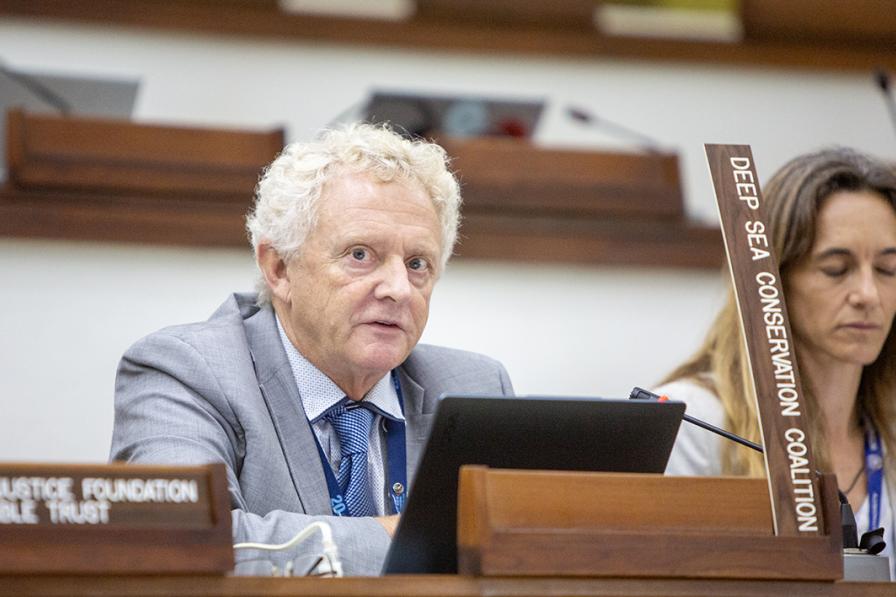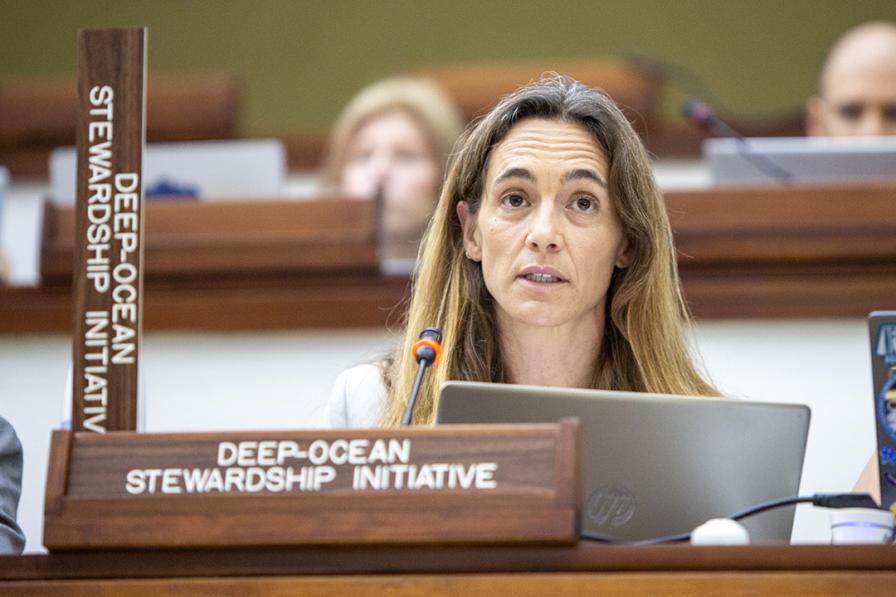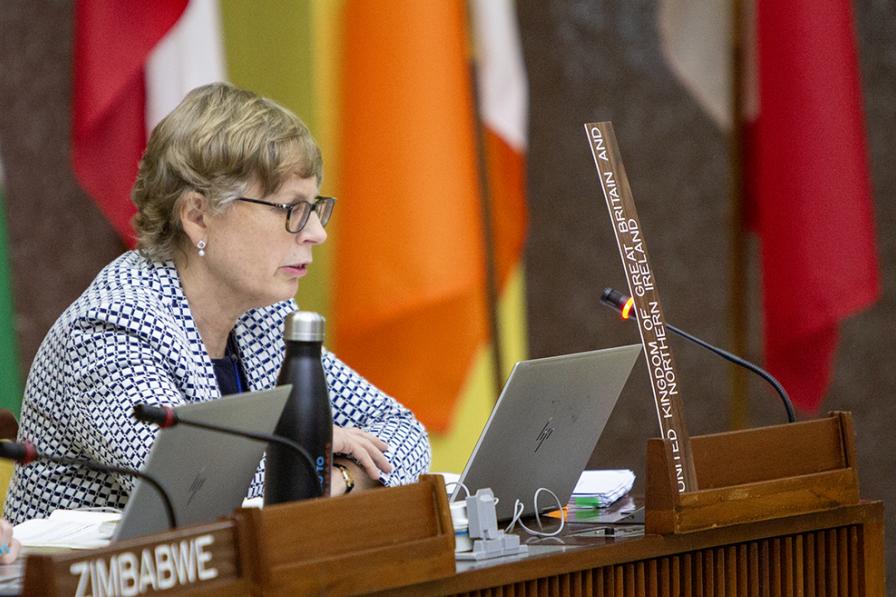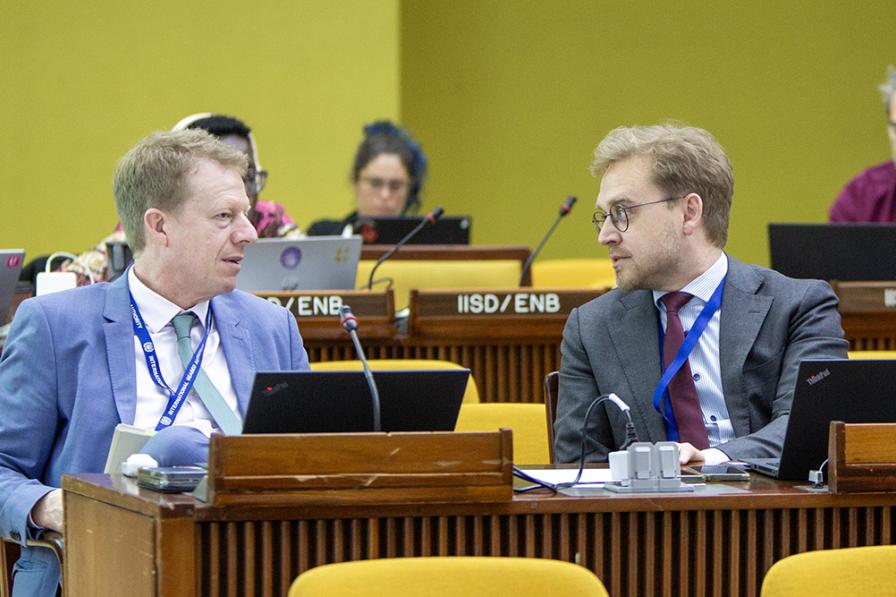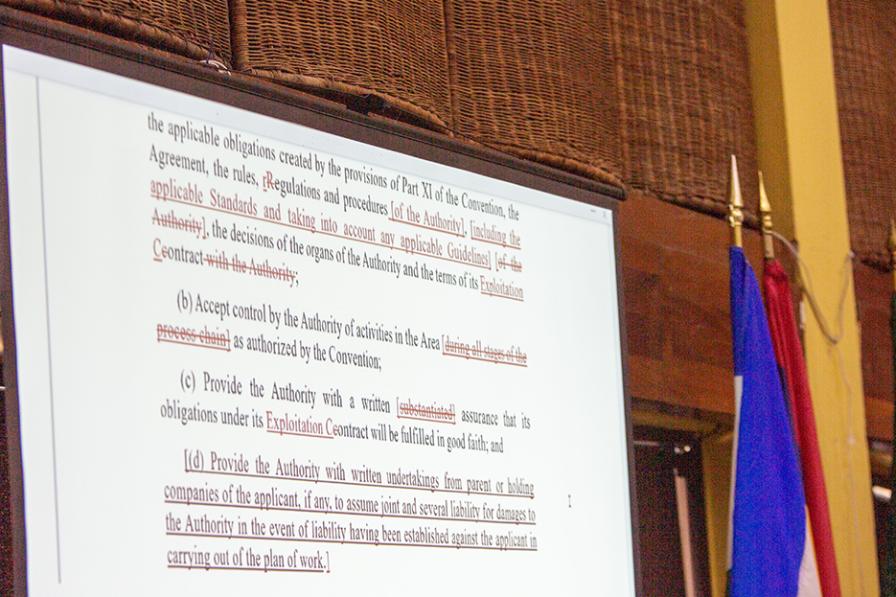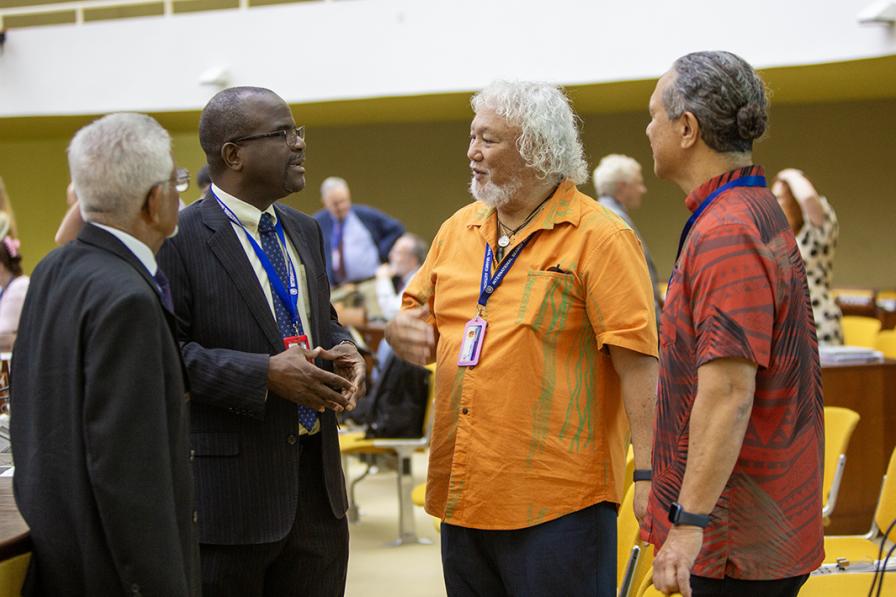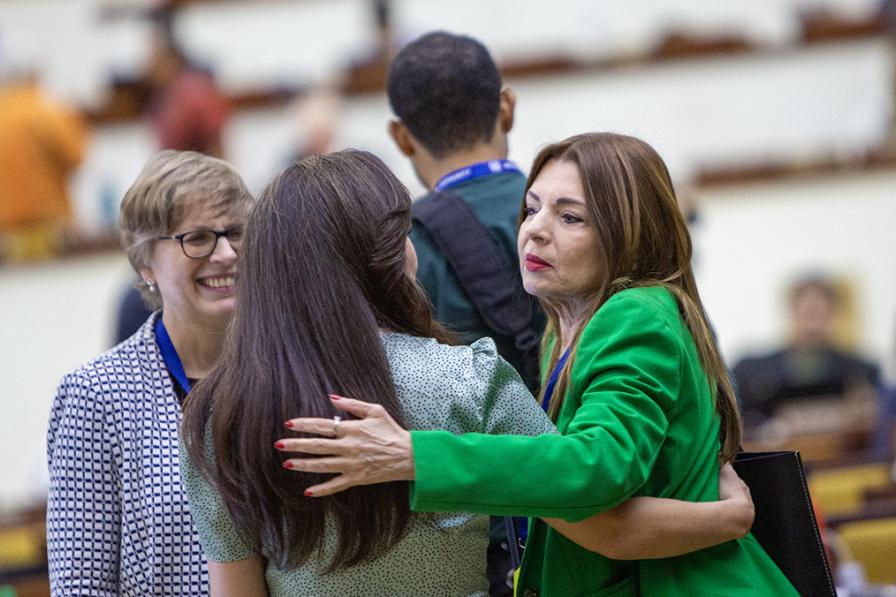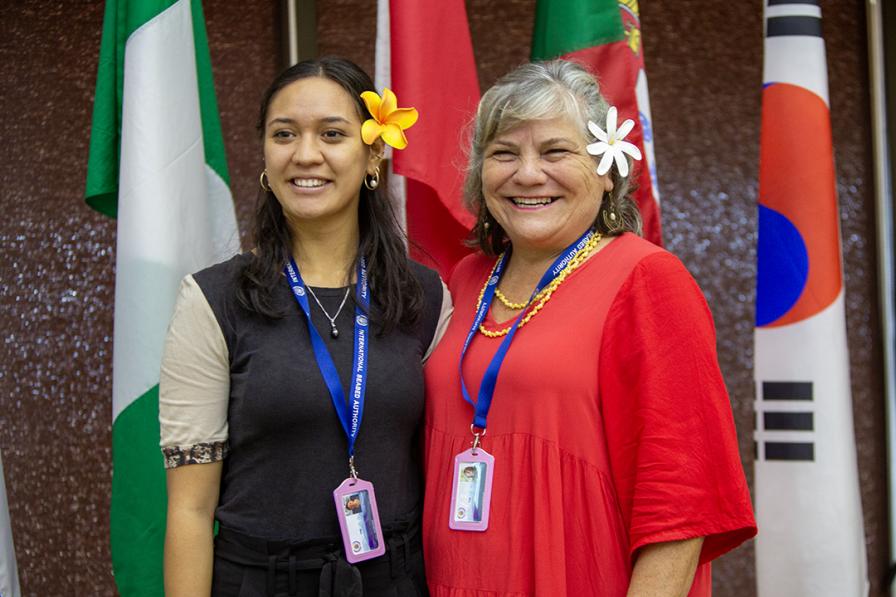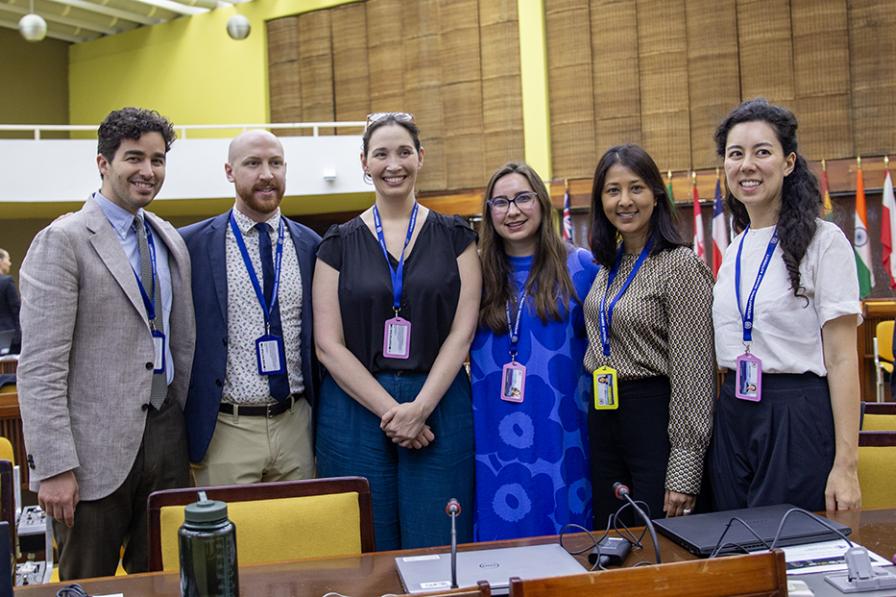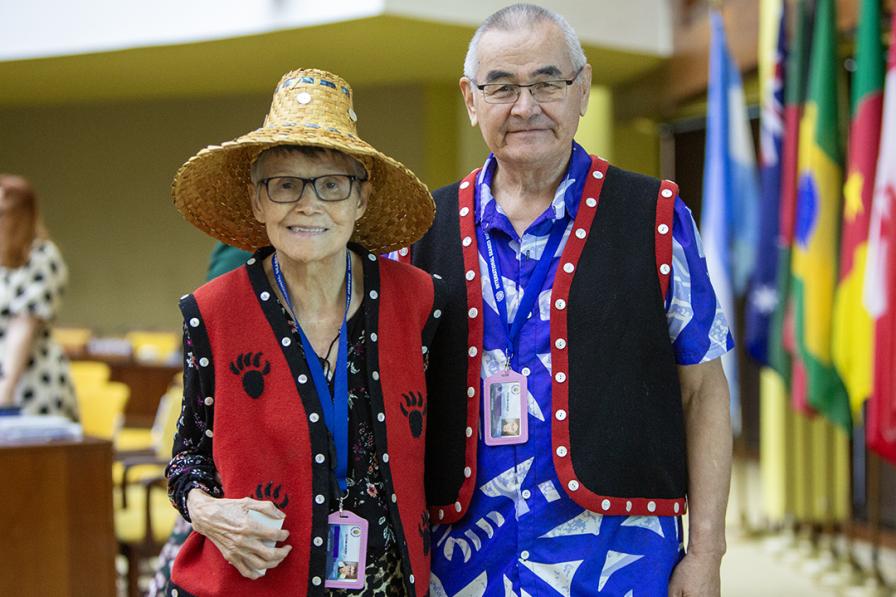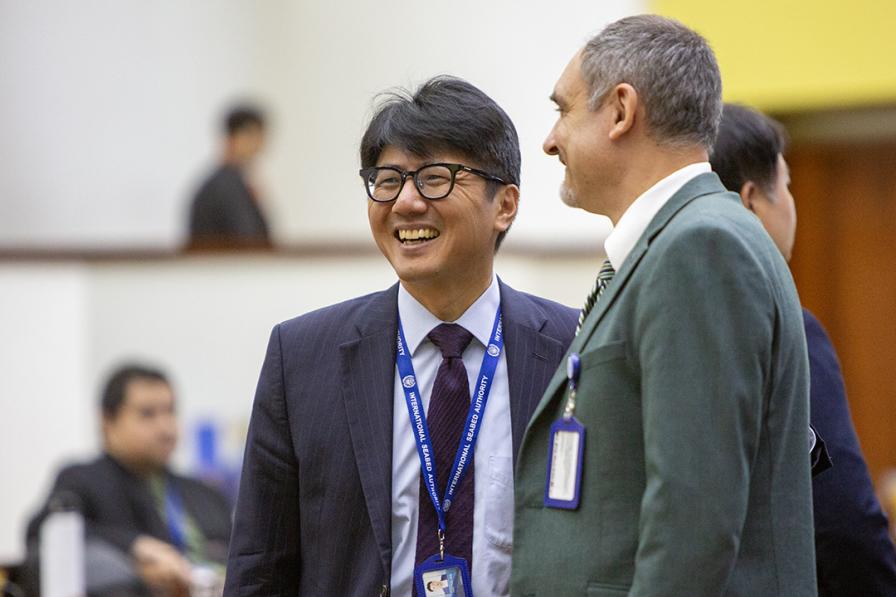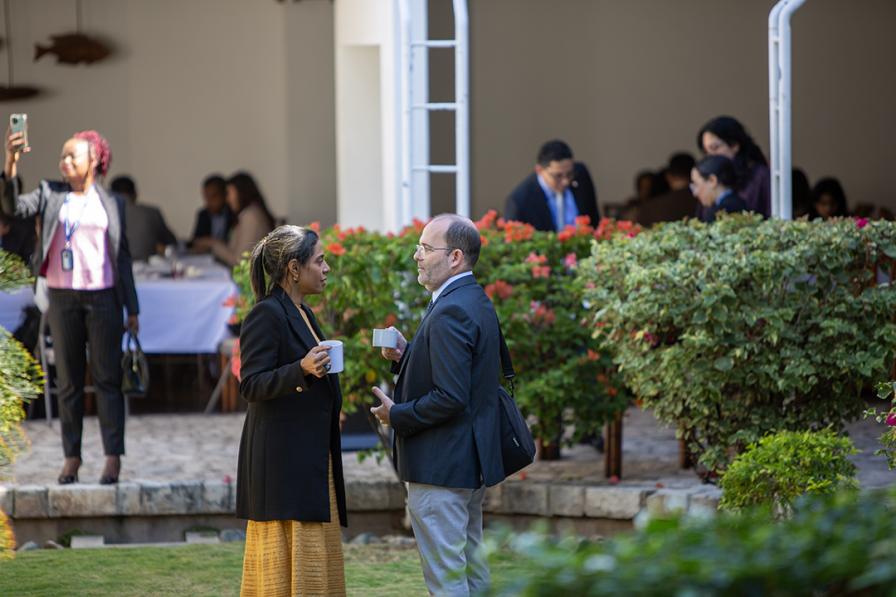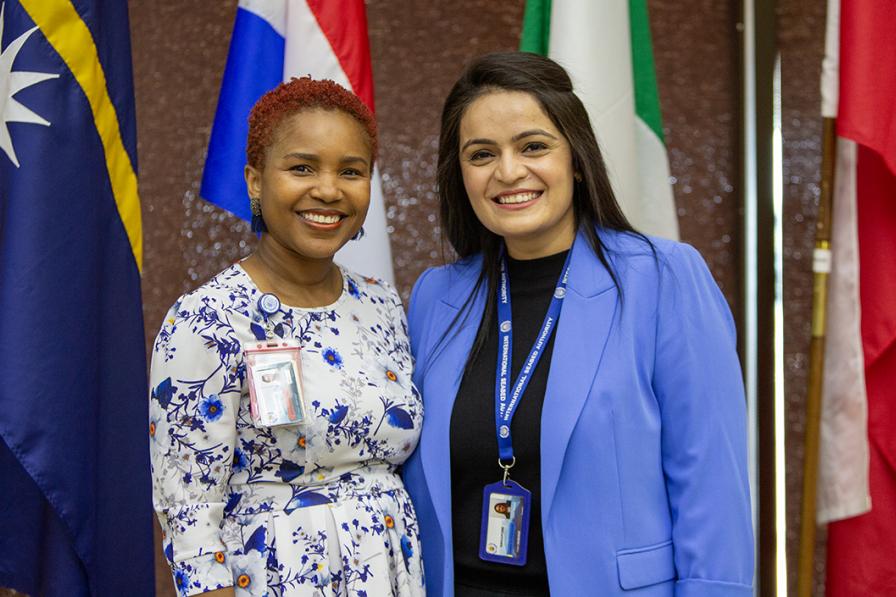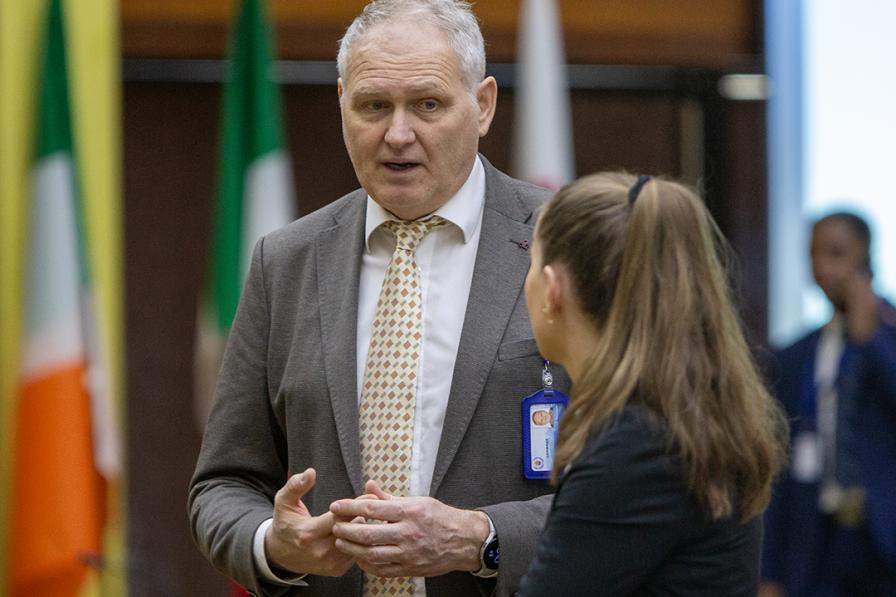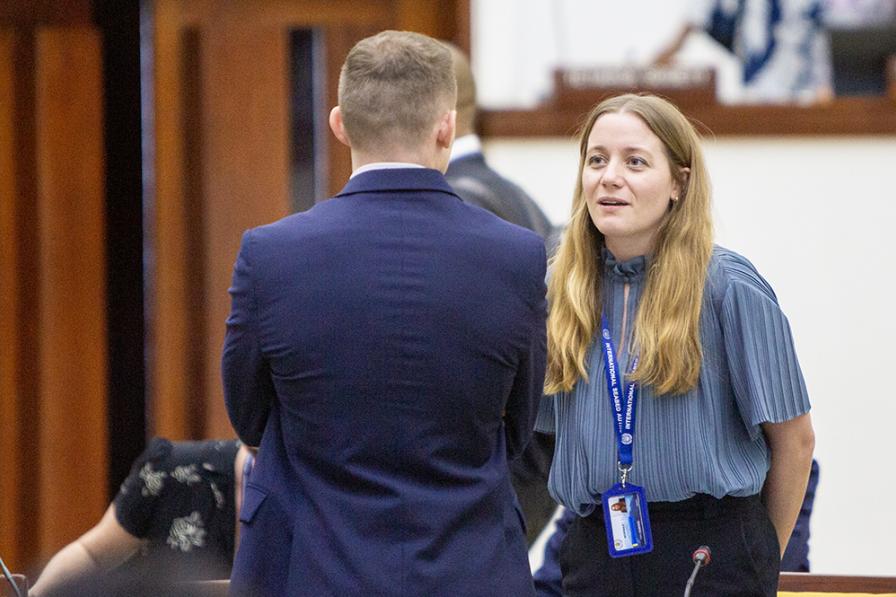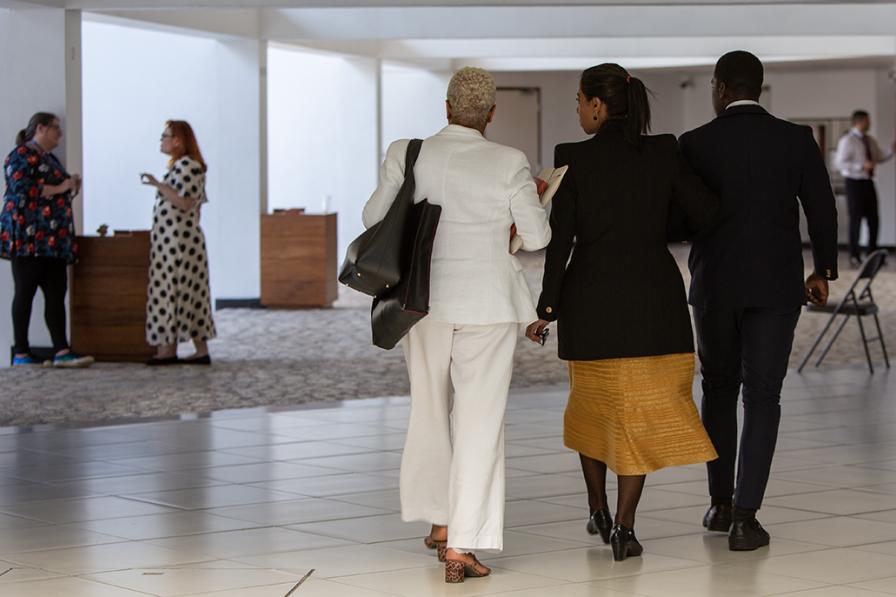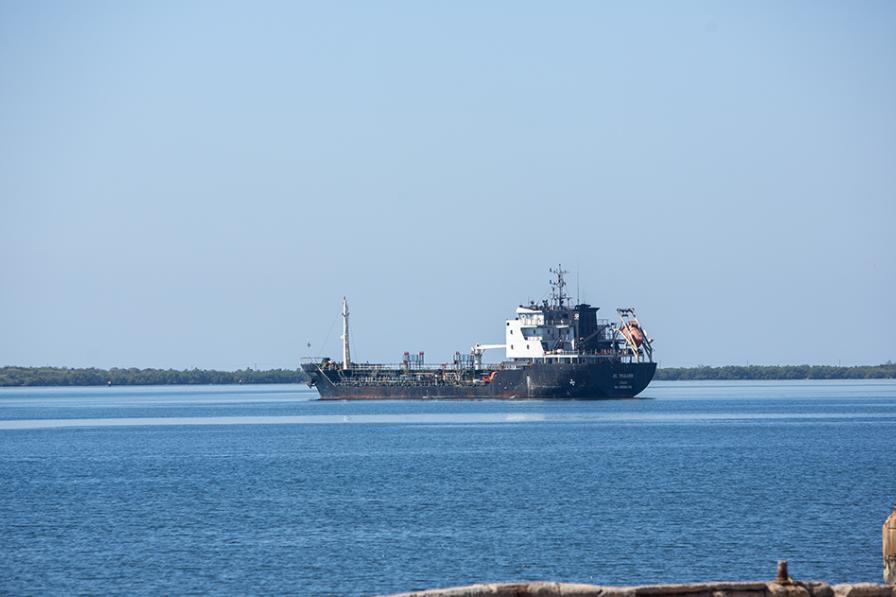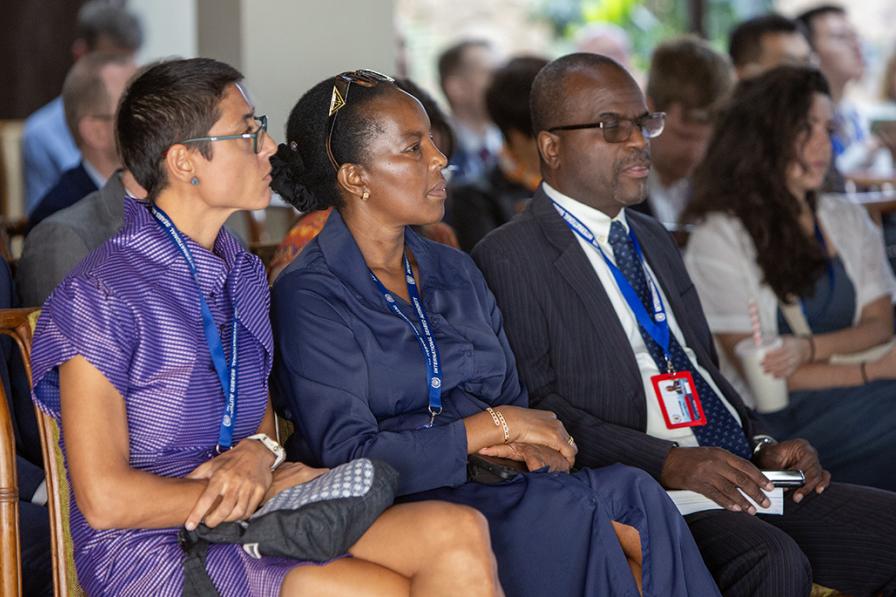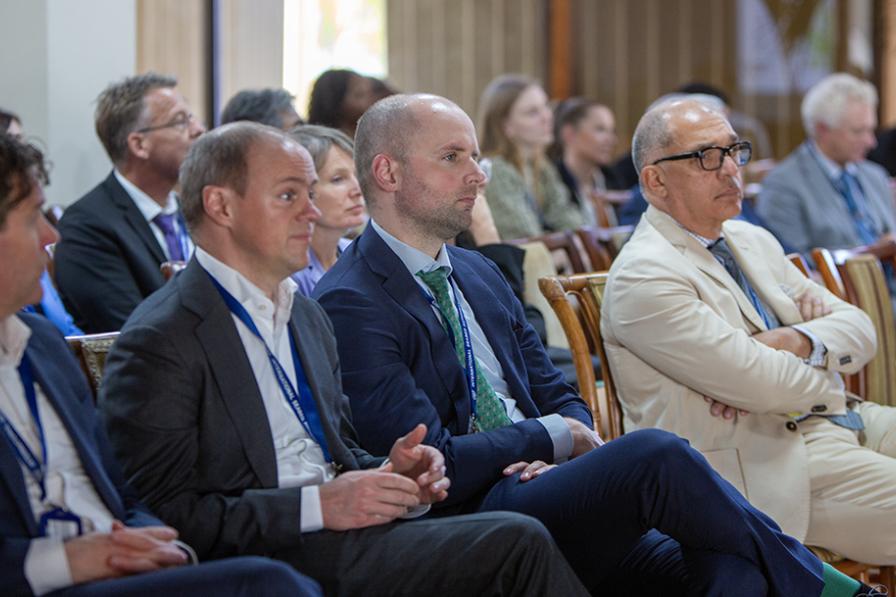What will happen if an application for a plan of work for exploitation of deep-sea mineral resources is submitted to the International Seabed Authority (ISA) before the regulatory framework is adopted?
After informal discussions, mainly between Chile and Nauru, delegates agreed to add this question to the agenda of the first part of the 30th annual session of the ISA Council. The ISA Council then adopted its agenda, including an item: “Further consideration of actions that the Council may take if an application were to be submitted before the Council has completed the rules, regulations, and procedures relating to exploitation,” which will be taken up during the second week of the meeting.
Delegates devoted the entire day to deliberations on the draft exploitation regulations. They expressed divergent views on various provisions of regulation 7 (form of applications and information to accompany a plan of work), including on:
- parent or holding companies assuming liability for “damages to the ISA,” with many delegates supporting the concept, a few noting that a parent company should not undertake collateral responsibilities for subsidiaries, and others requesting clarifying the concept of “damages to the ISA”;
- whether the applicant shall demonstrate access to the necessary financial and technical capability and resources at the time of application, with many supporting such an approach while some noted that it may create barriers to participation, including for small island developing states; and
- a provision on test mining, noting that in cases where an applicant utilizes mature mining technology, there shall be no requirement to conduct test mining, with many urging further discussions, including on potential exemptions from test mining obligations.
On regulation 8 (area covered by an application), delegates considered, among other things, which areas would be eligible for exploitation. Several delegates supported text requiring that an area under application must: have previously been subject to an exploration contract; have adequate and satisfactory environmental baseline studies covering it; and be covered by a relevant regional environmental management plan.
Delegates also debated whether to delete or retain a paragraph requiring an applicant to provide an overview of other potential legitimate activities in the area under application, and to confirm whether the area is managed by or is under active consideration under other processes. In this regard, some suggested adopting language from the Agreement under the UN Convention on the Law of the Sea on the Conservation and Sustainable Use of Marine Biological Diversity of Areas beyond National Jurisdiction (BBNJ Agreement) to ensure consistency.
Regarding regulation 9 (receipt, acknowledgment, and safe custody of applications), on a proposed provision on notifications by the ISA Secretary-General 30 days after the receipt of an application for approval of a plan of work, a delegation drew attention to inconsistencies between the deadlines and related regulations. A regional group stressed that adding notification procedures into this regulation goes beyond its desired scope.
On the preliminary review of an application by the ISA Secretary-General (regulation 10), several delegates suggested deleting a provision that, in cases where the Secretary-General considers an application not to contain all the required information, the Secretary-General shall submit it to the Legal and Technical Commission (LTC).
Between two alternative titles for regulation 11, many delegates expressed preference for “publication, notification, and review of the application.” They stressed that the provisions for stakeholder consultation should not be limited to environmental plans and to the non-confidential parts of the test mining study, but rather address the entire application excluding confidential information.
Many delegates stressed the need for further streamlining, avoiding duplications, and ensuring consistency with other regulations. Observers emphasized, among other things, the need for: an open process where stakeholders can present independent scientific evidence; open LTC sessions for meaningful engagement; and a transparent protocol for expert selection.
Discussions on regulation 12 (rules for considering applications) focused on the timeline for the LTC to consider applications. Delegates considered whether to fix deadlines for the LTC to commence consideration of applications and to submit its reports and recommendations to the Council. While some delegates opposed fixed deadlines and preferred specifying that the LTC should commence its consideration and submit its reports “expeditiously,” others considered setting deadlines as necessary for maintaining fairness and environmental responsibility and avoiding unnecessary delays.
Several delegations called for a streamlined version of regulation 13 (assessment of applicants and applications), pointing out duplications and uncertainties with the current drafting. Several delegations noted that applicants must demonstrate financial and technical capability.
In the morning, the ISA, in collaboration with France, hosted a Mentoring-for-Leadership Breakfast Forum, highlighting the achievements of the SH.E. (See Her Exceed) programme, a women in deep-sea research mentoring programme. At lunchtime, a side event organized by Nauru Ocean Resources Inc. (NORI) provided an update on the NORI project.
